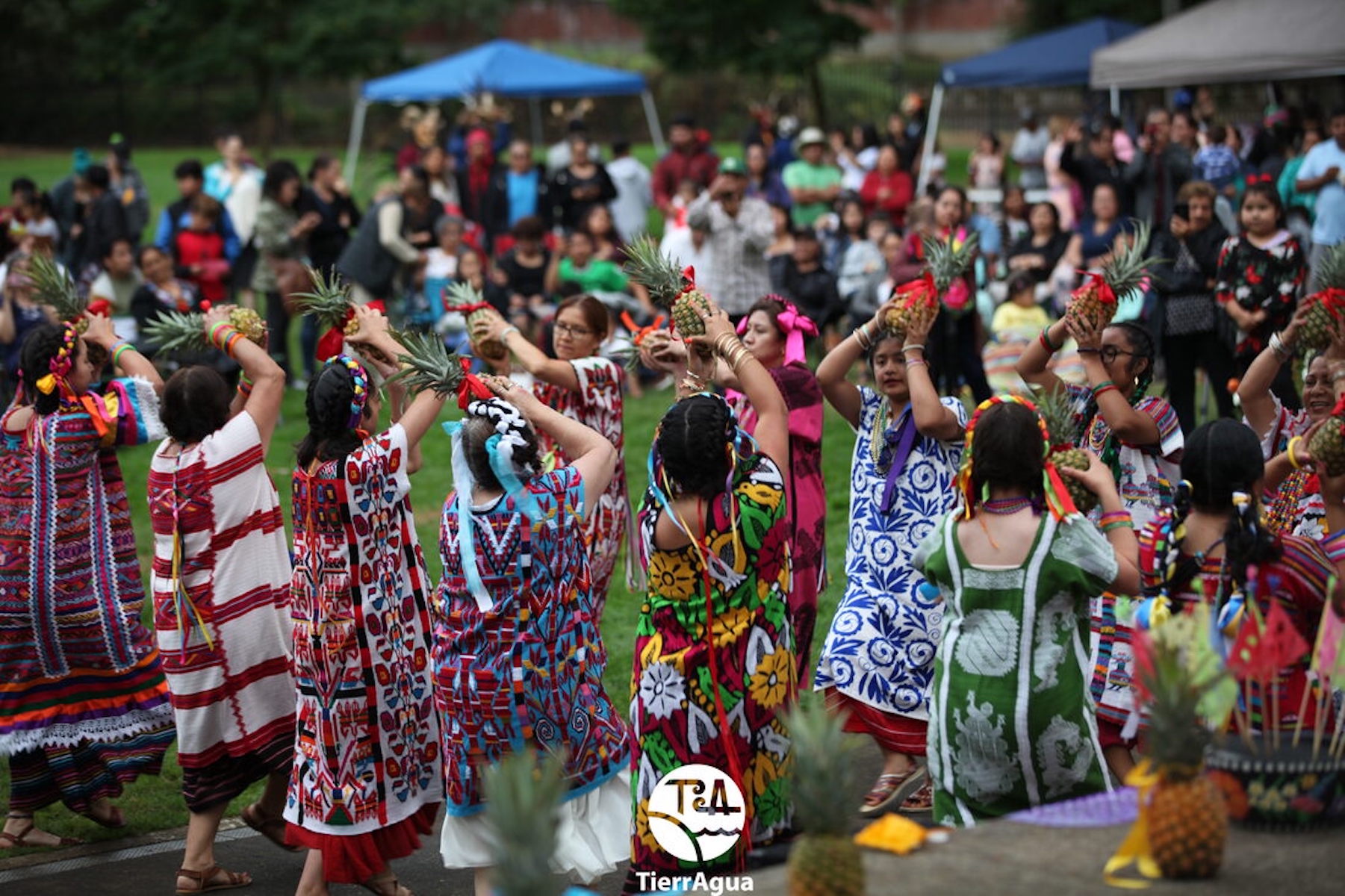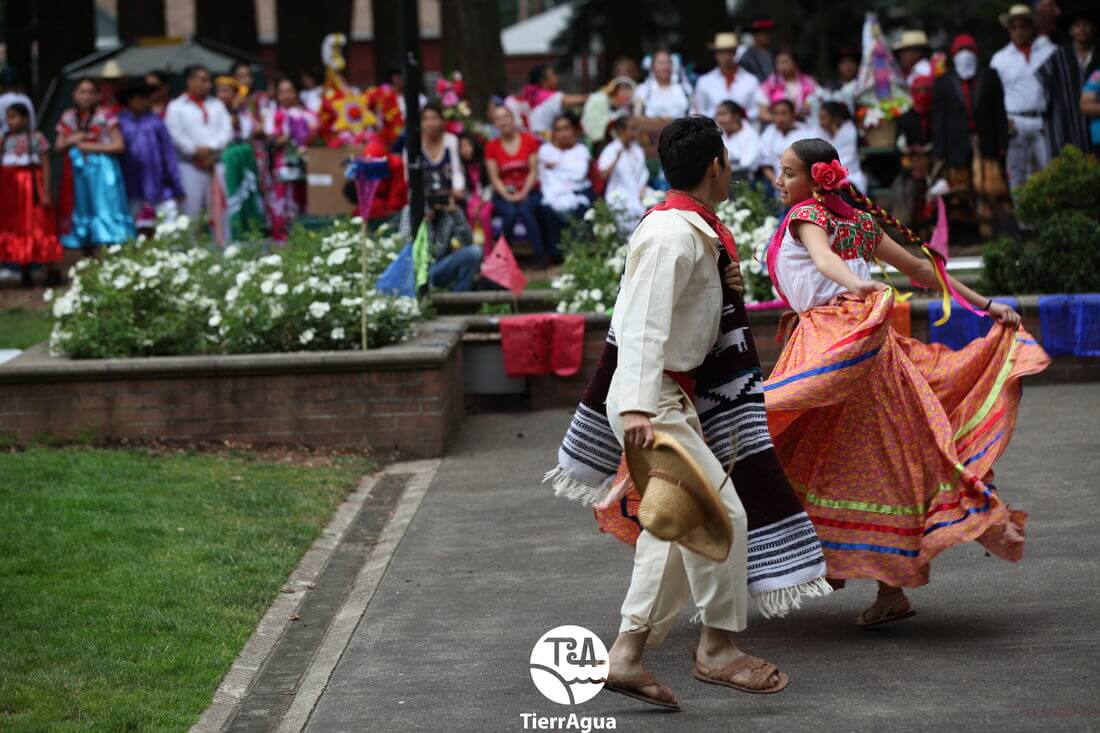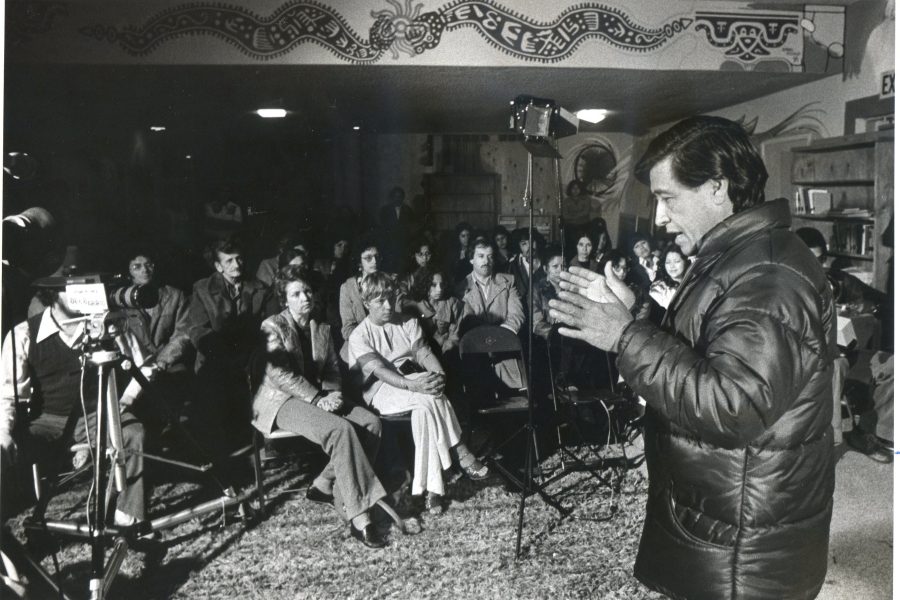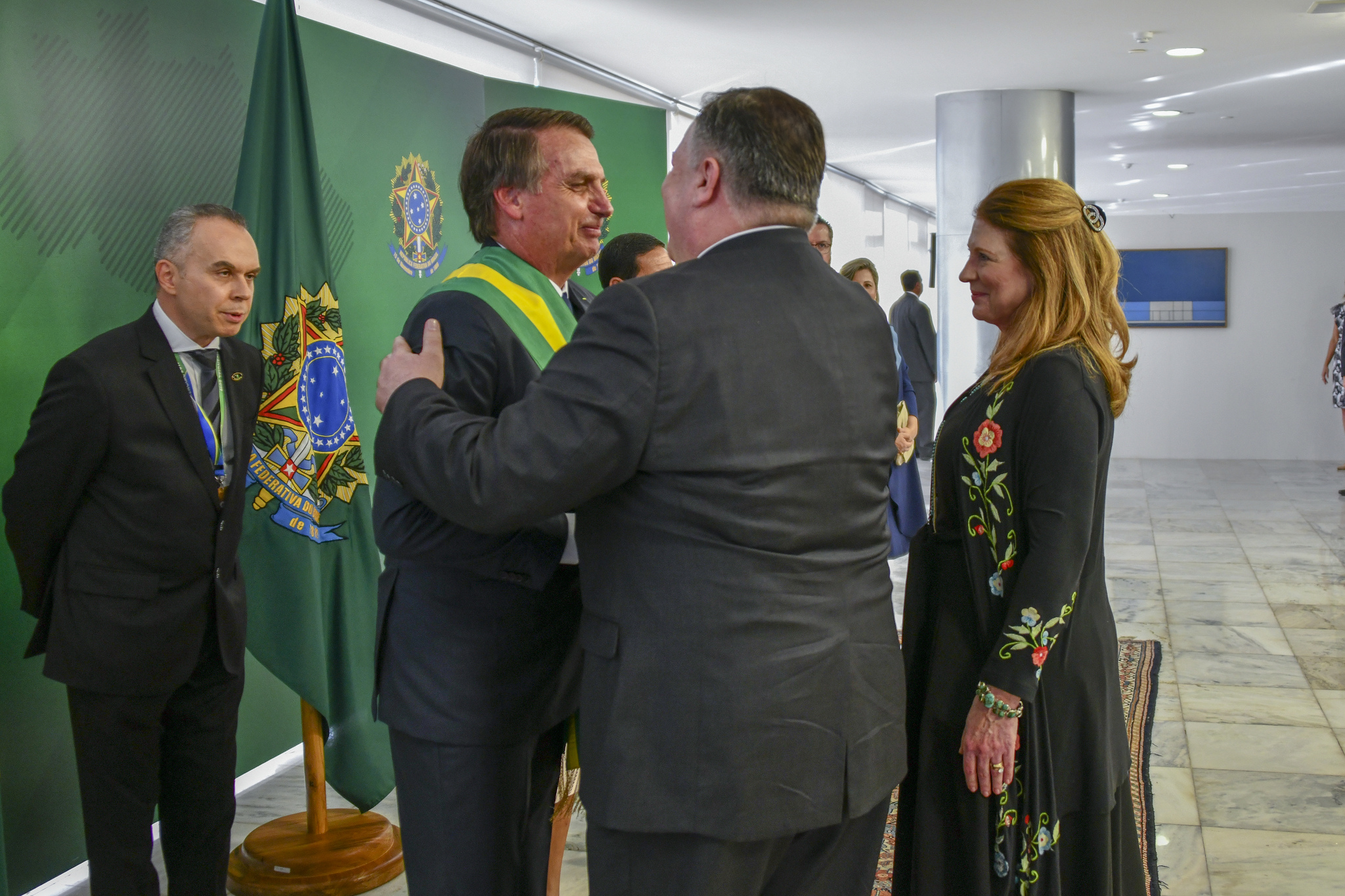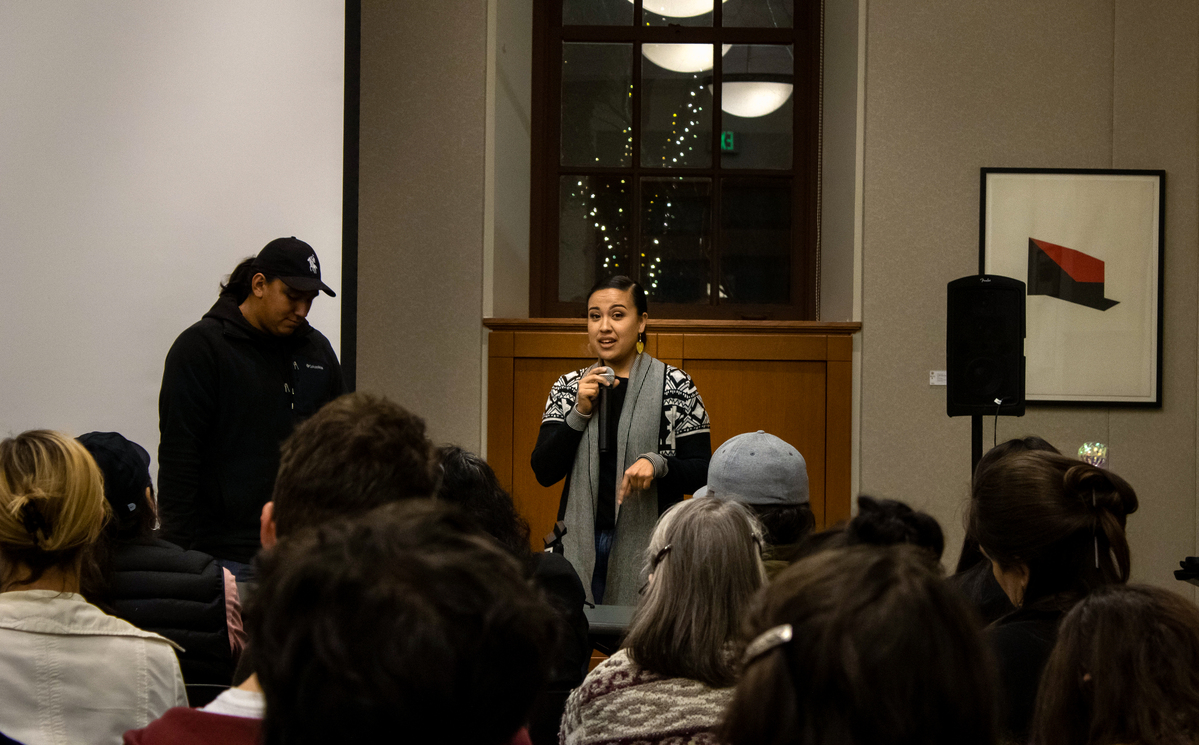Those who migrate to the United States from Mexico are often assumed to belong to a single homogeneous ethnicity with a single homogeneous language, but in reality, there are more than 60 recognized Indigenous groups in Mexico—each with their own distinctive history, culture and language.
According to Mexico’s 2020 census, 7.3 million people self-identified as speakers of an Indigenous language. The five most spoken Indigenous languages in Mexico—Nahuatl, Maya, Tzeltal, Tzotzil and Mixtec—represent roughly 4 million people, the size of Oregon’s entire population. Significant percentages of these speakers are monolingual—meaning they do not speak Spanish.
Nevertheless, Indigenous languages and identities continue to be systematically neglected. “They say that French, Spanish and English are languages, but that our language is a dialect,” said Dorotea Lopez, a Mixteca/Ñuu Savi culture keeper from Oaxaca, Mexico. “And it’s very, very hard for us because it’s also a language.”
Lopez is a co-founder of TierrAgua—or Ñu’un Nducha in Mixtec. This volunteer-based organization functions to create awareness and provide social support for Mesoamerican Indigenous communities in Oregon. On August 6, TierrAgua will be hosting the annual Guelaguetza celebration in Hillsboro.
La Guelaguetza is a Mesoamerican Indigenous cultural event which originated in Oaxaca. The name roughly translates to generosity or reciprocal giving in the Zapotec language.
The Zapotecs and Mixtecos are two of many Indigenous peoples with a significant presence in Oaxaca and surrounding states. The name Guelaguetza represents a foundational ideology of political and social structure within Indigenous communities such as these.
This year’s Hillsboro celebration will feature a variety of Mesoamerican Indigenous dancers, musicians, artisans and cuisine. The celebration aims to educate the public and foster community amongst Mesoamerican Indigenous people in the PNW.
“Part of the Guelaguetza is that awareness that we still have our languages,” Lopez said. “We want for children, who are growing up in this country, that they can also learn their mother language—learn their roots. So that’s why during our Guelaguetza it’s not only about the performances—to get to know different regions, the culture, the languages—it’s also for little children to learn their roots.”
Adán Merecias, co-founder of TierrAgua, is also Mixteco/Ñuu Savi. “It’s creating visibility for the Mesoamerican Indigenous community—that’s been the main purpose,” said Merecias about la Guelaguetza. “Oftentimes, we get clumped together with the Latino, Latinx, Latina community, but the reality is that the challenges, difficulties and barriers are very different.”
“We have members in our communities that Spanish is not their primary language,” Merecias said. “There also comes the issue of discrimination and racism that exists within Latinx communities that often is not discussed. Our community faces that in our own land in Mexico, and then obviously we get it here again—not only from the larger community but also within the own Latino community.”
La Guelaguetza is a demonstration of resilience, vitality and representation for people like the Mixtecos who are not rendered visible in broader society.
This is certainly true within the U.S. where there is generally a lack of awareness for the diverse cultures native to Mesoamerica. However, even within Oaxaca’s own Guelaguetza event, there exists a framework of injustice positioned against the very people whom the event is supposed to uplift.
Merecias explained how the state of Oaxaca has shifted the focus away from Indigenous communities and instead has molded the event into a tourist attraction for the benefit of the state. “It’s so commercialized that, you know, we are there as just a centerpiece of performers, but we’re not present in the audience—we’re not present in the decision-making process,” Merecias said.
“Our own Indigenous communities are excluded,” he said. The event has become commodified and inaccessible. This is a process which TierrAgua is very intentional about avoiding. Instead, TierrAgua’s Guelaguetza welcomes all who are interested in learning about, supporting and celebrating Oaxacan and Mesoamerican Indigenous peoples.
“We don’t expect everybody to be familiar with our communities,” said Merecias, “but that’s the day that you get to connect with us.”

